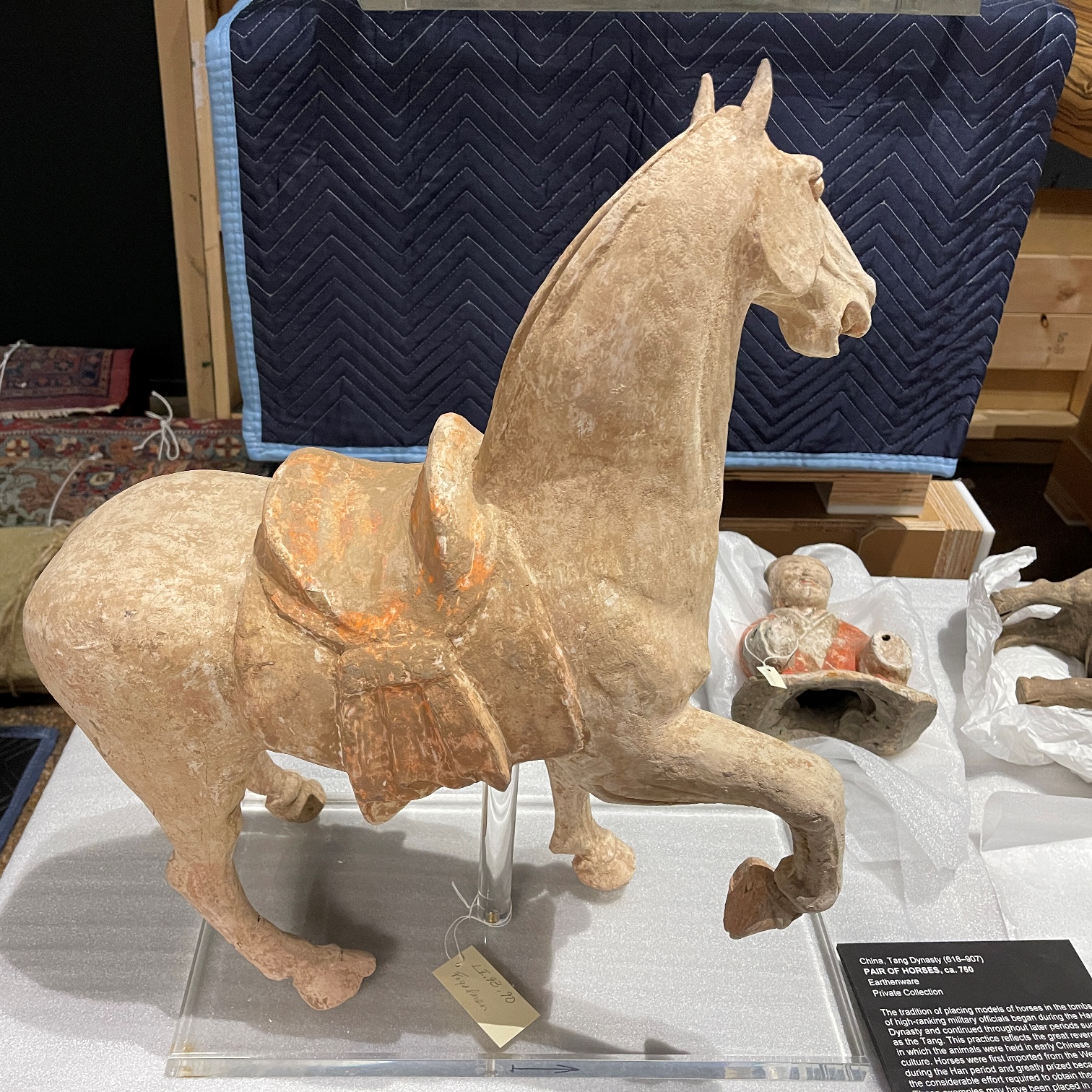Antiques represent the oldest relics that remind us of the cultural prominence of ancient civilizations. They have miraculously survived until modern times, serving as a precious aspect of present-day cultural heritage requiring robust protection. For this reason, when these art objects have to travel as loans to different art exhibitions or upon their purchase, custom packaging for antiques is a must. Here is a guide to packaging that will suit antiques and ensure the highest degree of protection in transit.
Inert Materials for Packaging
The process of packing your antique art object should be directed from the object outward. It means that the first layer should represent a clean, acid-free, non-adhesive surface barrier, such as glassine paper or archival tissue paper, followed by high-quality cushioned support and finalized with a rigid restraint. Those who perform packing on their own should learn the nuances of conservation art packaging to avoid hazardous materials.
Engineering of Robust Physical Protections
The list of physical damage hazards that an artwork endures during transportation is well-known. In most cases, it includes shock, vibration, and crushing risks that you should prevent by all means. Good packaging prevents the antique object’s collision with the container, isolates it from external shocks and temperature swings, and creates a stable microclimate for the whole period of shipping. Thus, it makes sense to create layered defenses, with supportive trays or 3D inserts put into a rigid crate for utmost stability and safety.
Custom Cavities inside Crates
Since most antiques are irregularly shaped and three-dimensional, they require custom cavities inside shipping crates to be stabilized during transit. These cavities should support weight-bearing points and ensure that projections remain free for access. The safest packing practices include a rigid shell or floating deck inside the crate, which reduces moisture penetration and prevents dust infiltration.
Climate Control
While climate control is a standard security measure for most art shipping cases, things get even more serious with antiques. These art objects often have sensitive finishes and glues that don’t tolerate rapid changes in environmental conditions. That’s why humidity and temperature controls are important.
Custom Packaging for Antiques Is a Matter of Discipline
As you can see, custom packaging for antiques involves many safety considerations that can’t be neglected or skipped. Art owners and art handlers engaged in antique transportation should contribute to the development of a tailored packaging strategy suited to the item’s type, the specifics of its trip, and the risks involved. Experience, discipline, and attention to detail are also vital at all stages, giving your antique object greater protection and care.
